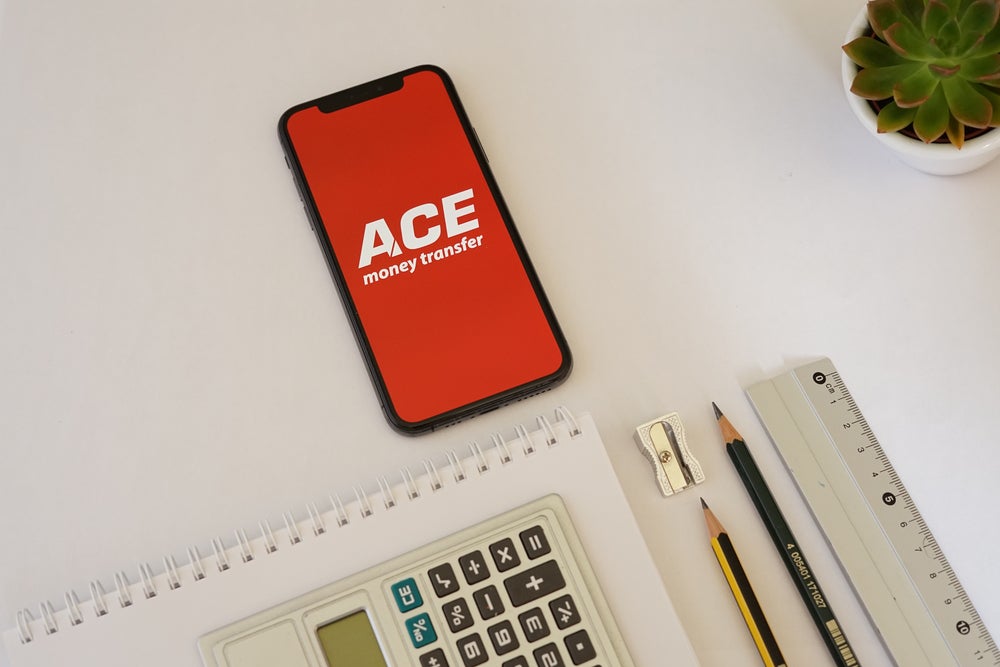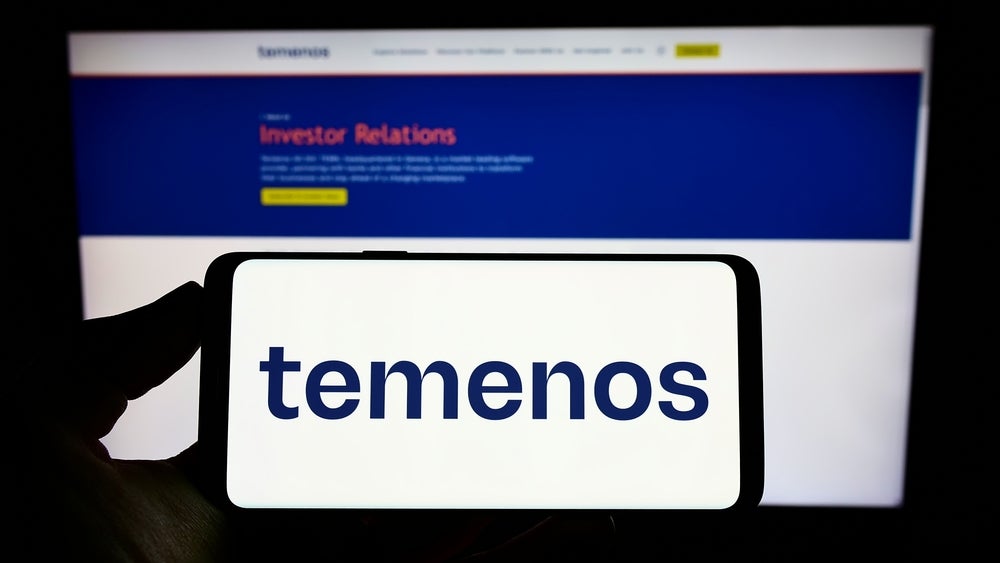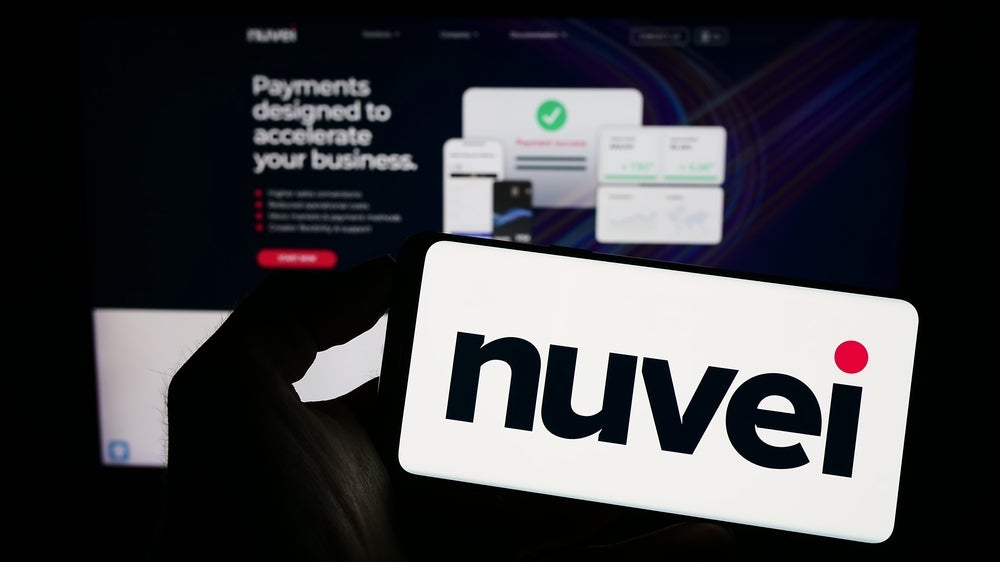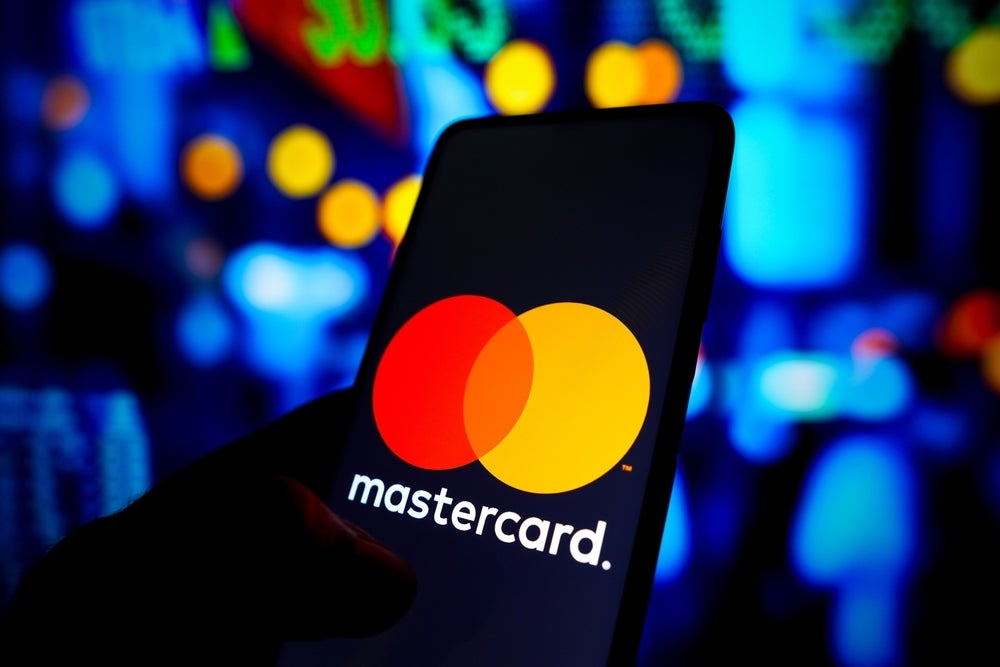The money transfer market is readying itself for change as new players enter the market, and developments in technology influences consumer expectations. Alison Ebbage looks at where the banks fit in, and where their priorities need to lie going forward.
Consumers will be spoilt for choice as networks all try and gain critical market share via mobile payments mechanisms.
Although the market has been relatively static for years, new technology, a more globally-mobile population and better awareness of the cost efficiencies of conducting business on a volume basis means changes are afoot. Although a tipping point has yet to be reached with consumers, the market players are gearing up aiming to be interoperable, cost competitive and thus the consumer network of choice.
Gareth Lodge, a senior analyst at Celent, says: “Ten years ago there was not a great variety of channels. The traditional money transfer agencies were really the only option, especially in developing countries where banks were not easily accessible outside of major town centres.”
Those traditional transfer agencies have also generally offered a service more tailored to the developing world: immediate availability, cash and less administration with transfers based on simple access codes, rather than having the hassle of setting up a bank account with all the inherent passwords and account numbers.
Khalid Fellahi, senior vice-president for electronic channels at Western Union says: “In many developing countries, people lack options for financial services (for example, banks) and thus have become largely dependent on cash.”
How well do you really know your competitors?
Access the most comprehensive Company Profiles on the market, powered by GlobalData. Save hours of research. Gain competitive edge.

Thank you!
Your download email will arrive shortly
Not ready to buy yet? Download a free sample
We are confident about the unique quality of our Company Profiles. However, we want you to make the most beneficial decision for your business, so we offer a free sample that you can download by submitting the below form
By GlobalDataThat is not to say the banks have been unsuccessful. Indeed in the developed world with a smaller amount of currencies, and dealing with people who already have banking relationships, they have been very important.
“Banks have a sizable chunk of the market in the developed world and also in some emerging countries that have strong links to the West such as India and China,” says Gwenn Bézard, research director at the Aite Group. “They are not out of the picture and can play a big role but it does depend on the segment and the corridor in question.”
Crucially for banks, they have recognised that in certain markets, such as Mexico or the Philippines, the best course of action is to partner with established channels such as Western Union, rather than challenge them. This has led to the banks acting as local third-party agents for the transfers agencies.
“Banks have never really been the equal of the likes of Western Union in the emerging economies and so it makes no sense to try and challenge them,” says Bézard.
The PayPal challenge
In developed countries too banks have chosen to partner new payments networks such as PayPal, rather than trying to quash them. Indeed the PayPal offering is much cheaper than that of banks, and unlike them, PayPal seeks to act only as a conduit, rather than trying to build a banking relationship and profit from cross-selling opportunities. In this context it makes a natural partner to banks.
Lodge says: “Offering links to successful networks such as PayPal over the software provided by S1 is one possibility for banks. They are looking at whether by offering a channel such as PayPal, they can then build a banking relationship and sell other products to new customers.”
Indeed the recent partnership between S1 Corporation, a global provider of payments and financial services software solutions, and PayPal to develop and deploy payment solutions directly linked into online and mobile banking platforms could be indicative of a market that will be characterised by partnerships rather than outright dominance of one payment channel.
The PayPal service allows consumers and businesses to quickly send money to almost anyone with a mobile phone or email address by leveraging its network. In order to send money, the sender needs to log into online or mobile banking, enter the destination email address or mobile phone number, and transfer the money. If the recipient is a PayPal users, the funds will be deposited instantly for verified accounts. If the recipient does not have a PayPal account, prompts lead them to create one.
“Essentially the payments industry is still very local and PayPal acts as the plumbing to link all those local networks and facilitate cross border transfers,” says Rob Skinner, head of PR at PayPal.
“We want to be able to link payments no matter what the underlying mechanism used or geography.”
Mobile
Mobile networks are, of course, the most salient of those underlying mechanisms for development. In the developed world the amount of smartphones sold is now equal to PCs. In the developing world mobile networks look set to outstrip traditional cable networks, thus acting as a facilitator for their use as a payments mechanism.
Indeed systems like the hugely successful M-Pesa in Kenya, which has more than nine million users, show just how much potential there is around payments networks over mobiles. In Europe meanwhile the same technology is just taking off. The easy availability of cash points means that an average of around 75% of transactions for 15 ($20) and under are still cash-based. Clearly the international payments market and local cash or P2P markets involve hugely different amounts of money. But the mechanisms to transfer money overseas is there, even if the desire to use them has yet to build significantly.

A 2010 survey by eCom Advisors and NACHA found that in the US 51% of people. would not consider P2P mobile for sending money out of the US, and only 31% would definitely consider if for P2P remittance.
Interestingly this figure rose to 51% for those who are already using their phones for online banking suggesting that the mobile usage for international payments is more promising in populations where the internet and mobiles are already being used more frequently. In the developing world this may take time as mobile networks work up to replace the traditional cable ones.
There is great potential for mobile technology, as long as the customer is there and security concerns can be addressed.
“The key in the future is to work out what the largest and best suited corridor is to a particular network. The mobile solution works well in countries where the ATM network is lacking, for example,” says Lodge.
But mobiles need to be supported on both sides of the transaction, so until everyone has a smartphone, mobiles are unlikely to gain enough critical mass to challenge banks and transfer agencies as a payments mechanism.
Bézard says: “There has yet to be an explosion in either mobile or online channels and this is because the receptors of cross-border payments, especially in developing countries, still largely want to receive the money in cash form. Where a large amount of the population is unbanked and access to ATMs is limited then obviously cash is just more practical.”
Unchallenged
In this context of the developing world, it is no surprise the traditional money transfer agents remain largely unchallenged. They have the critical mass and the network to keep their customers loyal through ease of use and on cost, dropping their prices to negate any special offers by other networks.
Majid Moujane, payments specialist at Callataÿ & Wouters, says: “Mobiles are very popular in certain corridors but they are not dominant like the transfer agencies because they need support from both the sender and the receiver. They are going to find it hard to break into corridors where the transfer agencies are already well established.”
In addition to being convenient and cost effective, the transfer agencies are also doing a relatively good job of reacting to new technologies and thus satisfying client demand, and again pointing to partnerships as a way forward as opposed to outright dominance.
Western Union, for example, now allows a limited number of transactions to be made online before the client must go in to a branch for regulatory checks on identity and so on to be carried out. It has also been active in the prepaid space and the recent deal between Travelex and Western Union will expand its reach further into the corporate space thus upping transaction volumes.
Fellahi says: “Weve made great strides in our mobile money transfer service offering to customers. We currently offer customers the option to send cash from more than 85,000 of our locations in 50 countries directly to the mobile wallets of Smart Communications and Globe Telecom subscribers in the Philippines and Safaricom M-Pesa subscribers in Kenya, or from a mobile phone in Canada or Malaysia, for payout in cash in more than 200 countries around the world.
“We also have agreements with the biggest mobile phone companies in the world (MTN, Zain/Airtel, EnStream in Canada, Orascom, Maxis in Malaysia) and banks (State Bank of India, Absa Bank in South Africa) to introduce this service to their subscribers in the future. Contracts have been signed with technology providers such as mChek, Fundamo, Utiba, Comviva and YellowPepper to enable these transactions.”
Moujane adds: “The internet and mobile will certainly challenge traditional payment networks, but transfer agents have been very proactive in coming back on cost challenges and mounting responses to technological change. Ultimately their agility, existing penetration and customer base makes it hard for anyone to challenge them in corridors where they are already dominant.”
However, says Skinner, “as mobiles become an increasingly important part of daily infrastructure then we can expect to see their use in payments become commonplace. It opens up possibilities for choice regarding payment network.”
Ultimately all the payments operators want to offer availability and functionality no matter what the underlying mechanism, which is no surprise in a volume-based business. All else being equal, the network with the biggest volume of transactions should be the most attractive and also the most profitable, given that network costs are pretty much fixed.
Fellahi says: “Were always pursuing new partnerships so that consumers are able to send or receive money how, where and when they want: from a mobile phone to a bank account, from a retail location in cash to a prepaid card, from our website in the UK to a mobile phone in Kenya. Our goal is to offer interoperability to consumers to serve a variety of needs.”
Bézard concludes: “Eventually we will see a swift change in mechanism use but we are not yet there. The change needs to come from customers, not the industry itself, as is the situation at the moment.”








